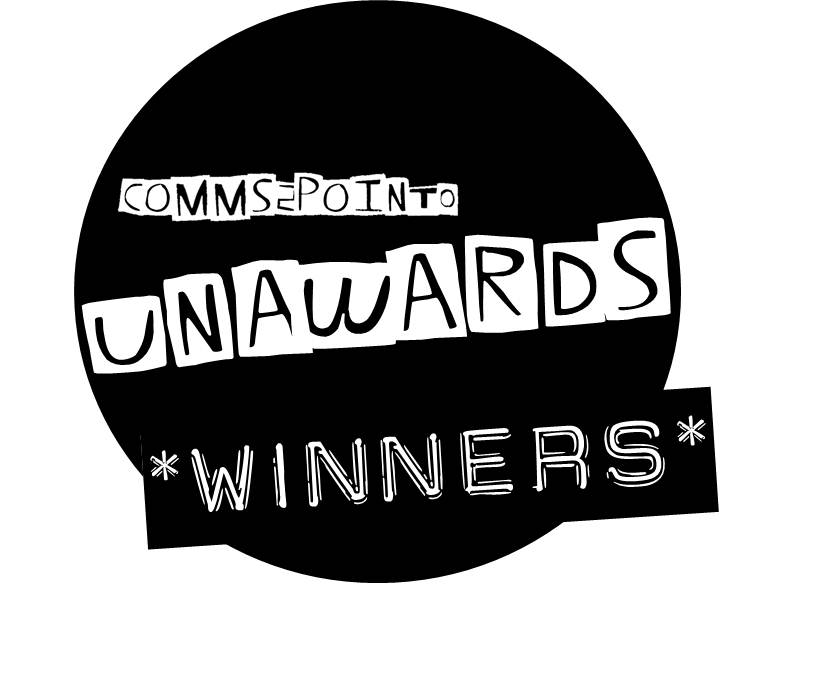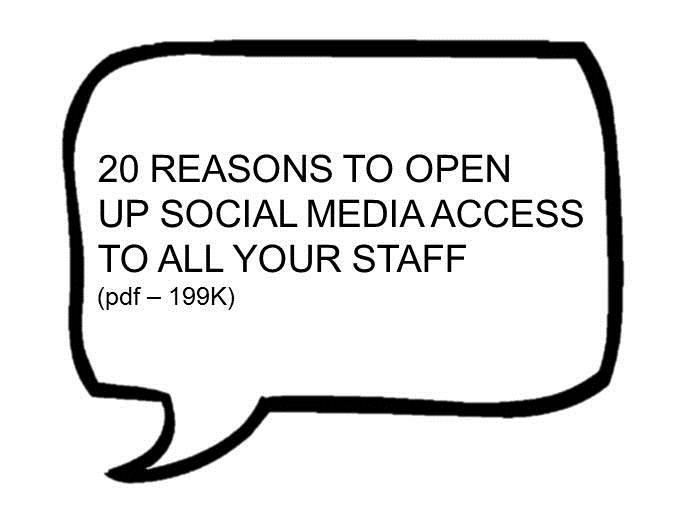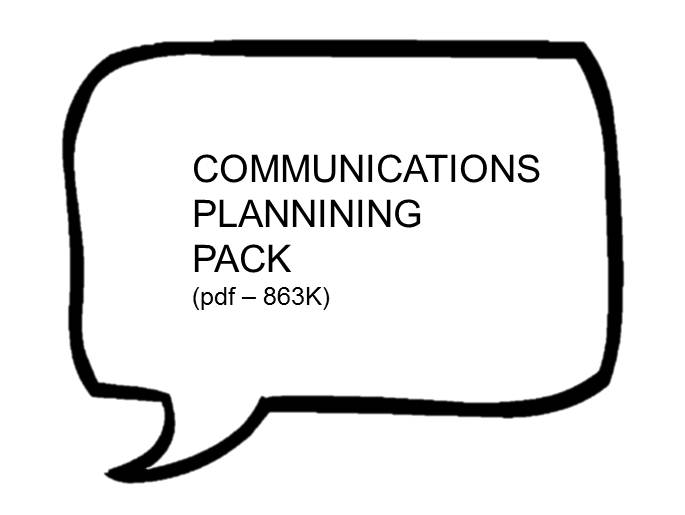 Friday, June 19, 2015
Friday, June 19, 2015 why video is important to comms and pr
 Video is becoming a skill that comms people can no longer ignore. To mark the launch of our new round of viodeo workshops we've set out some of the reasons we think that video will impact on your world.
Video is becoming a skill that comms people can no longer ignore. To mark the launch of our new round of viodeo workshops we've set out some of the reasons we think that video will impact on your world.
by Dan Slee
For a few months now I’ve been convinced that video is going to be absolutely essential for communications and PR people.
Throw a stone, it seems, and you come across forecasts, trends and predictions. Put them together and you create a powerful argument for video.
But I’m also convinced that video is many people’s Achilles heel. Pick an organisation at random. Have a look at their YouTube channel. Chances are you’ll find a series of videos with talking heads with double digit viewing figures. If you’re lucky you’ll find a more professional film with maybe a few thousand. And that’s it.
Go to the organisation’s Facebook and Twitter and the chances are you’ll not anything at all.
And then there’s Periscope and Meerkat. Two video applications that allow you to livestream to the internet using Twitter.
The truth is that swiftly and almost without us realising video has become a fundamental communications channel. We need to understand it and get good at it. But the good news is that we don’t have to be Stephen Speilberg. Ten years ago you needed an expensive camera and expensive editing software. Now, you just need your smartphone.
Just recently, we've been working with Steven Davies to produce some workshops to give comms people some essential video skills. Stephen knows his onions and has been a BBC and Channel 4 cameraman as well as running his own company making films for organisations. He also teaches video at Glyndwr University.
So, video. What are the predictions? They’re huge. Cisco have predicted that within two years 80 per cent of the internet is going to be video. They also predict that global internet traffic in 2019 will be 64 times the size of the internet in 2005. In short, we’ll be a lot more used to using the internet to watch video.
But what about video today? Sit on a bus or a train. Look at how many people are watching a film, following live sport or surfing iplayer. Here’s a thing. The most popular UK social media website in 2014 was not Facebook. It was video sharing site YouTube. Media watchdog Ofcom revealed that 40 million UK people used it compared to just over 30 million for Facebook.
Isn’t video just YouTube? Time was when YouTube was unchallenged in its dominance of video. You uploaded to YouTube and then you embedded on your website and posted a link to your social channels. Things changed when Facebook has decided to take on the dominance of YouTube.
What do you need to know about Facebook and video? On Facebook, videos auto-start without sound as you scroll through your timeline. It does this to get you to stop and lure you in. Stats globally have spiralled past four billion Facebook daily video views. People have got clever. Silent film techniques returned. And I’m not even going to begin to talk about planned innovation on virtual reality video and Facebook.
So, what do you need to know about Twitter and video? There’s an arms race between Facebook and Twitter. As one tries something the other copies. You can make and edit video on Twitter itself. Seeing auto-opening video working on Facebook Twitter have announced plans to do the same. Videos will open up automatically unless you disable the functionality.
What works on video? Steph Gray of Helpful Technology a while back blogged about the styles that video can do well. There’s the big speech or announcement. There’s the explaining something visually. There’s the behind the scenes. There’s the making a point through telling a silly story. There’s the pastiche of a famous song or film. There’s the hummable song. There’s also the meme. Think Harlem Shake and Ice Bucket Challenge that was all over the web for a while and then gone.
My video. Does it have to be lavish? This is the great thing. It doesn’t have to look expensive. In fact, there’s brownie points on the web if you don’t look as though you’ve spent a whole pile of money on it. Making a video has become hugely democratic. You have a phone. You shoot something. You post it to the web. It doesn’t matter if the camera wobbles.
What does livestreaming apps like Meerkat and Periscope mean? A few weeks back I was at Bluelightcamp in Birmingham. This was a tech event for people largely in the public sector. There were police officers, firefighters and local government geeks. There was a beautiful moment when a lightbulb went on with a police officer and Periscope. ‘So, if you have your smartphone with you,’ he said, ‘you can use it to film the two cars that have been involved in the road traffic collision that’s blocking the road. You can then livestream it to explain to people why there’s a delay. Or you can film a senior officer talking about a particular issue.’ He’s right. This is the exciting part. It turns video into something realtime, instant and disposable. In its own way it’s the video equivalent of a status update. It means something at 10am. By 4pm it’s irrelevant and forgotten. But that’s fine.
What does people making films mean to organisations? We’d be mistaken if we think that video is a one way thing. Sure, an organisation can make one. But what about when a customer or resident makes one? There’s a whole sub-genre of residents filming at a public meeting and being told to stop it. At a stroke, the council comes across as ridiculous, small-minded and with something to hide. Here’s Camarthenshire Council. Here’s Essington Parish Council. Here’s Beyton Parish Council.
What does video mean for customer services? Beyond that, how are you fixed for an angry customer using Periscope to live stream their complaint in your office, hospital ward, fire station or reception?
What does video mean for saying 'thank you?' Because video has become so democratic and so easy to make there's now room for a personal video addressed to just one person. This Diabetes UK Vine is just six seconds. You don't need sound. But it delivers a 'thank you' to a fundraiser for raisng £90. What did they feel when they saw that? Did they share it with friends? Did it spur them on to raise more money? Chances are it did. This is the clip:
After the popularity of our sell-out first sessions, we're running a new round of Essential Video Skills for Comms with Steven Davies. The dates are Bond Company, Birmingham on July 21, and Museum of Science andd Industry, Manchester on July 23 and Parcel Yard, Kings Cross, London on September 8. For more information and to book click here.
Dan Slee is co-founder of comms2point0.
 video
video 














Reader Comments (1)
That's a really good point about making a video work in silence. That's not just a good idea for people on the bus, but also helps accessibility.
I'm certainly looking forwarding to honing my video skills in Manchester at your training day.
I've had good success with Facebook video over the past year, and I blogged about Facebook video here:
I also agree that live streaming has great potential, but has to be used wisely. I blogged about live streaming video too.
It's also interesting how citizens have started to use video to report things to the council as with this citizen video on Twitter.